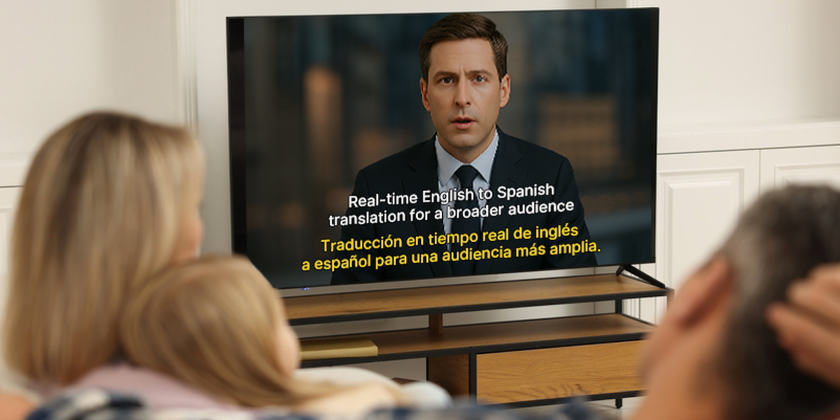NHK develops low-delay HDTV broadcast camera
NHK has developed a wireless broadcast camera that can transmit HDTV images with a delay of less than 33ms. The low delay is achieved by using milliwaves.
Because transmission capacity was increased due to the use of the millimeter waveband, it became possible to use a low-delay video compression/expansion system. The new camera will eliminate the lag between image and sound that occurs in close-up shots with low-delay wired cameras.
In traditional wireless cameras, which use the microwave band, there is a transmission delay of about 0.5 seconds. Thus, when a wireless camera and a wired camera are used together, video production is restricted to some extent due to the difference in delay time between the cameras.
However, milliwaves tend to move in a straight line and are weakened by obstacles, making it difficult to transmit stable signals. NHK, however, applied diversity combining to radio waves received by four receivers and succeeded in shooting images without an interruption while freely moving around.
The broadcast camera features a data transmission speed of 80.3Mb/s and an MPEG-2 video encoding system. The transmission frequency is 42GHz band (41GHz to 42GHz), while the channel spacing is 62.5MHz. The occupied bandwidth is 54.4MHz, and the transmission output is 100mW.
Get the TV Tech Newsletter
The professional video industry's #1 source for news, trends and product and tech information. Sign up below.











